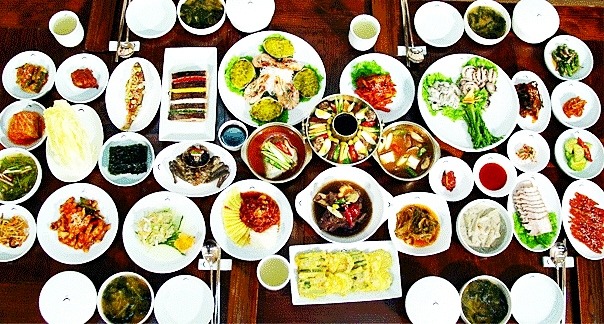Introduction to South Korean Desserts
South Korean cuisine is known for its bold flavors and unique combinations of ingredients, and the same can be said for its desserts. South Korean desserts have a strong focus on using natural sweeteners, such as rice syrup and honey, and incorporating a variety of flavors and textures. From traditional sweets to modern interpretations of classic recipes, South Korean desserts are a must-try for anyone with a sweet tooth.
Traditional Korean Sweets
Traditional South Korean sweets, also known as hangwa, are often made with rice flour, honey, and various fruits and nuts. These bite-sized treats come in a variety of shapes and colors, and are often decorated with intricate patterns and designs. Some popular types of hangwa include yakgwa, a deep-fried pastry made with sesame oil and honey, and dasik, a sweet, nut-filled cake that is often served with tea.
Popular Korean Desserts
One of the most popular South Korean desserts is bingsu, a shaved ice dish that is typically topped with sweetened condensed milk, fruit, and red beans. Another beloved dessert is hotteok, a sweet and savory pancake that is filled with brown sugar, cinnamon, and nuts. Patbingsu, a variation of bingsu that includes sweet red bean paste and rice cakes, is also a beloved dessert that is perfect for hot summer days.
Sweet Rice Cakes and Pastries
Rice cakes and pastries are staples in South Korean cuisine, and they can also be found in many traditional desserts. Tteok, or rice cake, is often used as a base for desserts like tteokbokki, a spicy rice cake dish that is popular throughout the country. Another popular rice-based dessert is songpyeon, a sweet rice cake that is filled with sweetened sesame or red bean paste. Pastries like hoddeok, a fried pancake filled with brown sugar and cinnamon, and gyeongju bread, a sweet pastry that is often filled with sweetened red bean paste, are also common in South Korean desserts.
Fruit and Bean-Based Korean Desserts
Fruits and beans are often used in South Korean desserts, adding natural sweetness and a variety of textures. Popular fruit-based desserts include hwachae, a sweet fruit punch that is often served with shaved ice, and sujeonggwa, a sweet and spicy cinnamon punch that is made with dried persimmons. Red bean paste, also known as pat, is a popular ingredient in many South Korean desserts, including patbingsoo and patjuk, a sweet red bean soup that is often served during the winter months.
Modern Interpretations of Korean Sweets
While traditional South Korean desserts are still popular, there has been an increase in modern interpretations of classic recipes. One example is churro ice cream, a dessert that combines Spanish churros with Korean soft serve ice cream. Another modern dessert is honeycomb bread, a sweet pastry that is filled with honeycomb-shaped custard. These modern desserts are often found in trendy cafes and dessert shops throughout South Korea, and are a reflection of the country’s evolving culinary scene.

